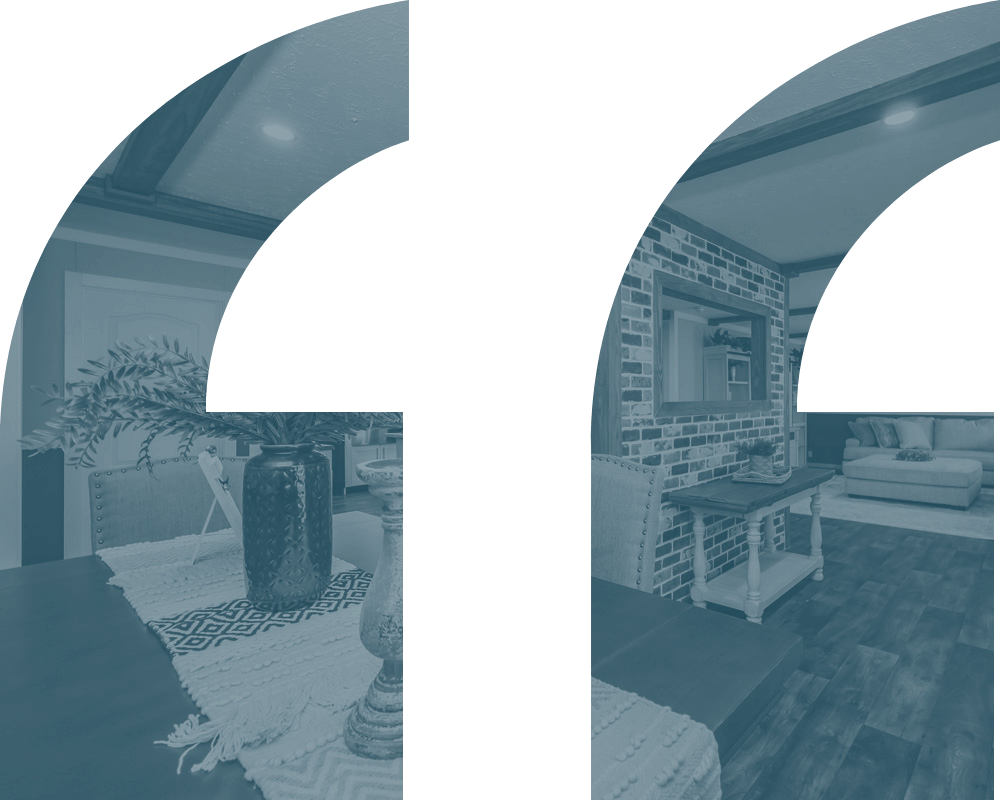
HVAC & Window A/C Maintenance Tips for Manufactured Homes
As summer approaches, manufactured homeowners, like any other homeowner, face the yearly challenge of keeping cool without breaking the bank. Whether you rely on a central HVAC system or window unit air conditioners, spring is the perfect time to give your cooling systems a tune-up. A little maintenance now can prevent costly repairs later—and ensure your home stays comfortable all season long.
Here’s a handy checklist to prepare your HVAC or window unit A/C for the heat ahead.
HVAC System Maintenance for Manufactured Homes
1. Replace or Clean Air Filters
One of the simplest and most effective tasks is replacing your HVAC filter. Dirty filters reduce airflow and force your system to work harder, leading to higher energy bills and wear on components. Aim to replace or clean filters every 1–3 months, depending on usage and filter type.
2. Inspect the Ductwork
In manufactured homes, ductwork is often located beneath the floor. Over time, ducts can develop leaks or become clogged with debris.
Check for:
- Loose connections
- Damaged insulation
- Signs of rodents or pests
If you notice airflow issues or uneven cooling, consider having a professional perform a duct leakage test.
3. Clean the Outdoor Unit
Remove leaves, dirt, and other debris from the condenser unit outside. Gently rinse it with a hose (with the power off), and make sure plants or shrubs are at least two feet away to allow proper airflow.
4. Check the Thermostat
Test your thermostat to ensure it’s working properly. If it’s outdated, consider upgrading to a programmable or smart thermostat to save on energy costs.
5. Schedule a Professional Tune-Up
An annual service call by an HVAC technician can catch minor problems before they turn into expensive repairs. A professional will check refrigerant levels, test system performance, and clean internal components.
Window Unit A/C Maintenance
Window units are common in many manufactured homes, especially in rooms without duct access. Here’s how to prep yours for summer:
1. Clean the Air Filter
Like central systems, window units have air filters that trap dust and allergens. Remove and wash the filter with warm, soapy water, then let it dry completely before reinserting.
2. Wipe Down the Coils
Dust and grime can build up on the evaporator (front) and condenser (rear) coils, reducing efficiency. Use a soft brush or vacuum to gently clean the coils. Be careful not to bend the delicate fins.
3. Check the Seal
If the unit is installed in a window, make sure the seal around it is tight. Gaps can let in hot air and reduce the unit’s efficiency. Use weatherstripping or foam to fill any leaks.
4. Inspect the Drainage
Make sure the unit’s drain holes aren’t clogged. If water isn’t draining properly, it can cause mold, mildew, and even water damage.
5. Test the Unit
Before the first heatwave, turn on the unit to ensure it powers up and cools properly. Strange noises, weak airflow, or bad smells may indicate it’s time for a repair—or a replacement.
Bonus Tip: Maximize Efficiency
Whether you have central air or window units, these extra steps can help your system work more efficiently:
- Close blinds or curtains during the hottest part of the day
- Use ceiling fans to circulate cool air
- Seal gaps around windows and doors to prevent cool air loss
Final Thoughts
Manufactured homes can be just as comfortable and energy-efficient as site-built homes with the right maintenance routine. By giving your HVAC or window A/C units a little TLC this spring, you can relax and enjoy a cool, stress-free summer.
